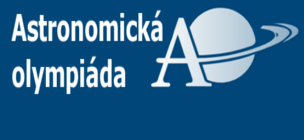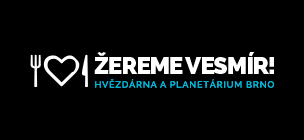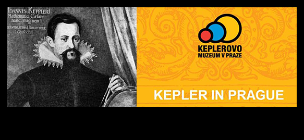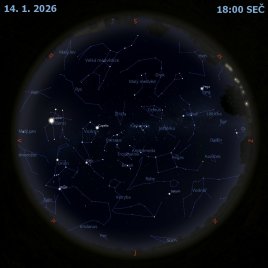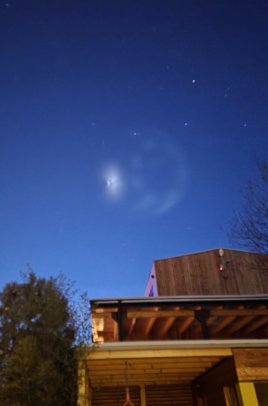Zatmění Měsíce ve světě
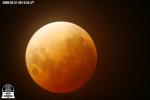
Z webkamer:
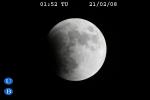 |
Autor: Universidad de Barcelona Místo: Španělsko Zdroj: www.serviastro.am.ub.es |
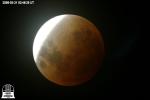 |
Autor: Asociación Argentina "Amigos de la Astronomía" Místo: Argentina Zdroj: www.aaaa.org.ar/eclipse |
 |
Autor: Asociación Argentina "Amigos de la Astronomía" Místo: Argentina Zdroj: www.aaaa.org.ar/eclipse |
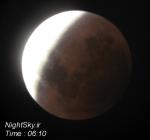 |
Autor: www.nightsky.ir Místo: Írán Zdroj: www.nightsky.ir/ |
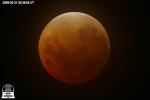 |
Autor: Asociación Argentina "Amigos de la Astronomía" Místo: Argentina Zdroj: www.aaaa.org.ar/eclipse |
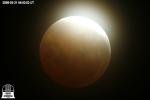 |
Autor: Asociación Argentina "Amigos de la Astronomía" Místo: Argentina Zdroj: www.aaaa.org.ar/eclipse |
Od lidí:
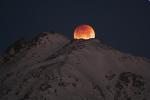 |
Autor: Mohammad Taher Pilevar Místo:Hamedan, Írán Vybavení: Canon 350D Zdroj: spaceweather.com |
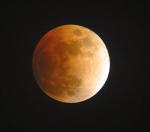 |
Autor: Michel Hersen Místo:Portland, Oregon Vybavení: Tele Vue 102 a a 40 mm, Panasonic DMC-FZ8 Zdroj: spaceweather.com |
 |
Autor: Derek Strom Místo:DeKalb, Illinois, USA Vybavení: Nikon Coolpix P5100, Nikon 82mm Fieldscope. Zdroj: spaceweather.com |
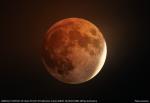 |
Autor: Pete Lawrence Místo:Selsey, West Sussex, UK Zdroj: spaceweather.com |
Kuriozita
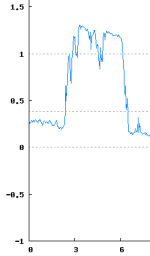
Martin Kákona
Další snímky se postupně objevují na spaceweather.com
Související: zatmění Měsíce 21. února 2008 na astro.cz

